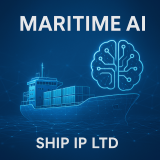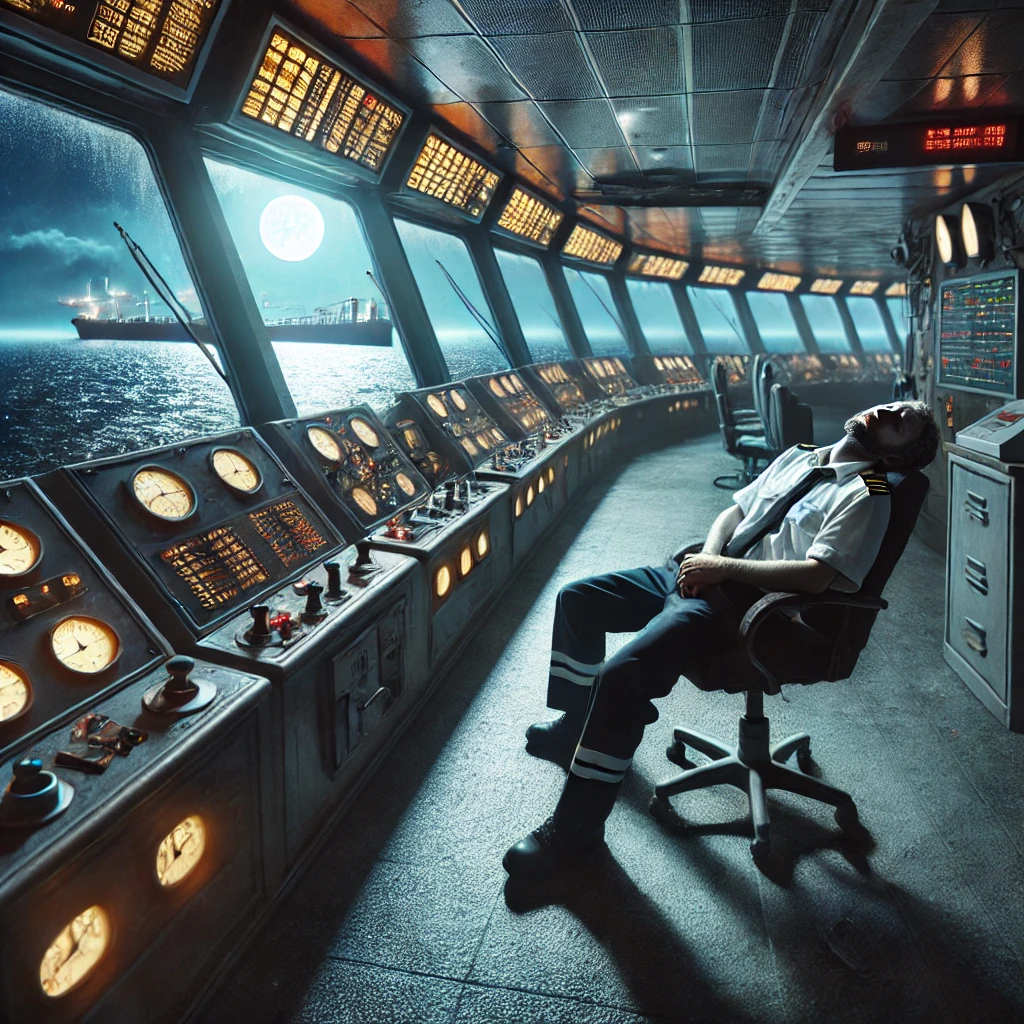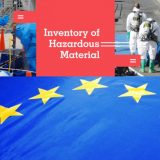The decision by Ukraine late in August to exempt its seafarers from mandatory service in the armed forces, and to be allowed to leave the country to work on ships internationally, would free up manpower for both Ukrainian grain exports and the wider global shipping industry, reported Reuters, citing major industry figures.
The move was a concession by Ukraine that its merchant shipping workforce, one of the largest worldwide, would be able to serve the nation better in both economic and military terms by working on ships.
Ukrainian seafarers make up 4% of the total global mariner workforce of 1.89m sailors.
It was first announced in late August by Prime Minister Denys Shmyhal, and was decreed into law by his cabinet last Friday September 2nd, according to a copy of the order published on Monday evening.
Ukraine is looking to maximize its grain shipments via the Black Sea Grain Corridor agreed in late July and scheduled to run until at least late November/ early December. Viktor Vyshnov, deputy head of Ukraine’s Shipping Administration, told Reuters that “we understand that the grain corridor depends on them (seafarers) and the world of international logistics also depends on them”.
Shortly after the grain export deal was agreed it was noted that it would be difficult to find the seafarers to crew the estimated 80 vessels stuck in Ukrainian ports since the end of February. Most of the crews on board had long been evacuated, leaving the port-locked vessels with a minimum tick-over crew.
Able-bodied Ukrainian men aged 18-60 are barred from leaving the country, but Ukraine’s government has now waived the ban for qualified seafarers and those studying for a mariner qualification.
“According to the decree, all seafarers, whether they are leaving from Ukrainian ports or are going abroad to fulfil their contracts, can obtain the possibility to leave Ukraine,” Vyshnov said.
Shmyhal had said in August that the decision would be good for the Ukrainian economy, as it would “allow thousands of sailors to get jobs and (state) budget receipts to grow.”
Natalie Shaw, director of employment affairs at the International Chamber of Shipping, said that “the (ICS/BIMCO) report predicts that there will be a need for an additional 89,510 officers by 2026 to operate the world merchant fleet, and Ukraine supplies over 76,000 of the current workforce.”
The staffing situation on ships arriving in Ukraine was complicated by a lack of clarity on the status of Russian merchant sailors. The grain corridor deal made no comment on the status of Russian mariners aboard ships that entered Ukrainian ports.
Ukraine border agency spokesperson Andriy Demchenko told Reuters that, while he did not know of any cases of Russian seafarers receiving visas to enter Ukrainian territory during the invasion, this did not theoretically stop them from sailing into Ukrainian ports if they remained aboard their ship. “If these people are refused entry … then they must remain aboard the ship until it leaves the port.”
The International Transport Federation’s Stephen Cotton said that “common sense says Russian-owned ships and Russian-crewed ships should be very careful about visiting Ukraine. At the moment I would not recommend it.”
Russia’s President Vladimir Putin said on Wednesday September 7th at an economic forum in Vladivostok that Russia and the developing world had been “cheated” by the UN-brokered Ukrainian grain export deal. He said that he would look to revise its terms to limit the countries that can receive shipments. This could mean that any continuation after the end of the original 120-day term would be at risk, or could mean that a revision would be sought even earlier than this. However, Putin said that Russia would carry on with the deal in the hope that its aims would still be achieved, indicating that the corridor was safe, for now.
“What we see is a brazen deception … a deception by the international community of our partners in Africa, and other countries that are in dire need of food. It’s just a scam,” Putin said.
Putin warned of a global food crisis if the situation was not addressed and said he would contact Turkey’s President Tayyip Erdogan to discuss amending the deal to restrict which countries can receive shipments.
“It is obvious that with this approach, the scale of food problems in the world will only increase … which can lead to an unprecedented humanitarian catastrophe,” he said.
“Almost all the grain exported from Ukraine is sent not to the poorest developing countries, but to European Union countries,” claimed Putin.
According to UN data, Turkey, which is not part of the EU, has been the most frequent single destination for shipments from Ukraine, with cargoes also going to China, India, Egypt, Yemen, Somalia and Djibouti.
Putin also said some restrictions on Russia’s fertilizer exports had been eased, but “clever sanctions” were still complicating Russian trade.
“There are no direct sanctions against products, but there are restrictions related to logistics, freight, payments and insurance. Many of these elements of restrictions remain,” Putin said.
Ukraine responded by saying that Russian complaints about the deal were “flabbergasting” as the deal gave Russia no role in determining where the grain goes.
Ukrainian presidential adviser Mykhailo Podolyak said on Wednesday that “the agreements signed in Istanbul … concern only one issue, and that is the transfer of cargo ships through the Black Sea. Russia can’t dictate where Ukraine should send its grain, and Ukraine doesn’t dictate the same to Russia”.
Source: https://insurancemarinenews.com/insurance-marine-news/change-in-ukraines-domestic-seafarer-rules-will-help-global-shipping/










